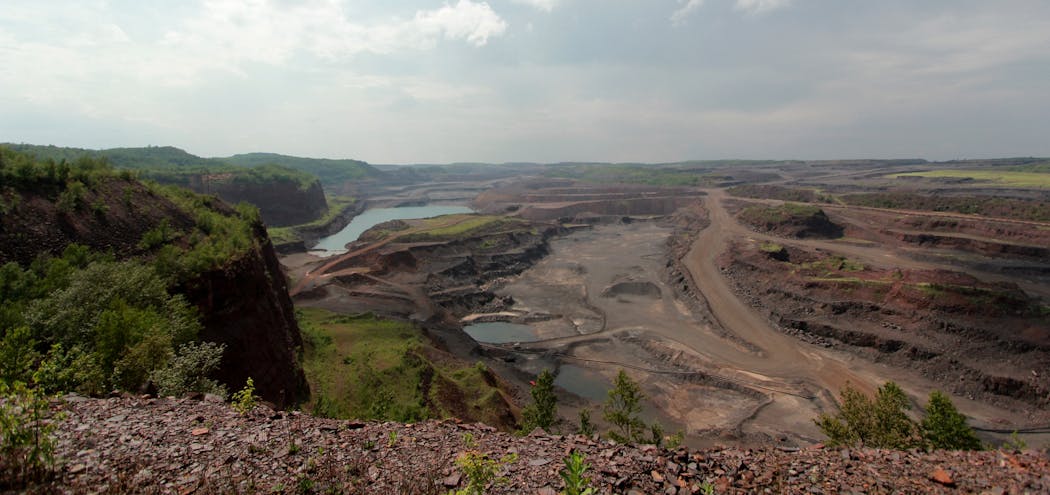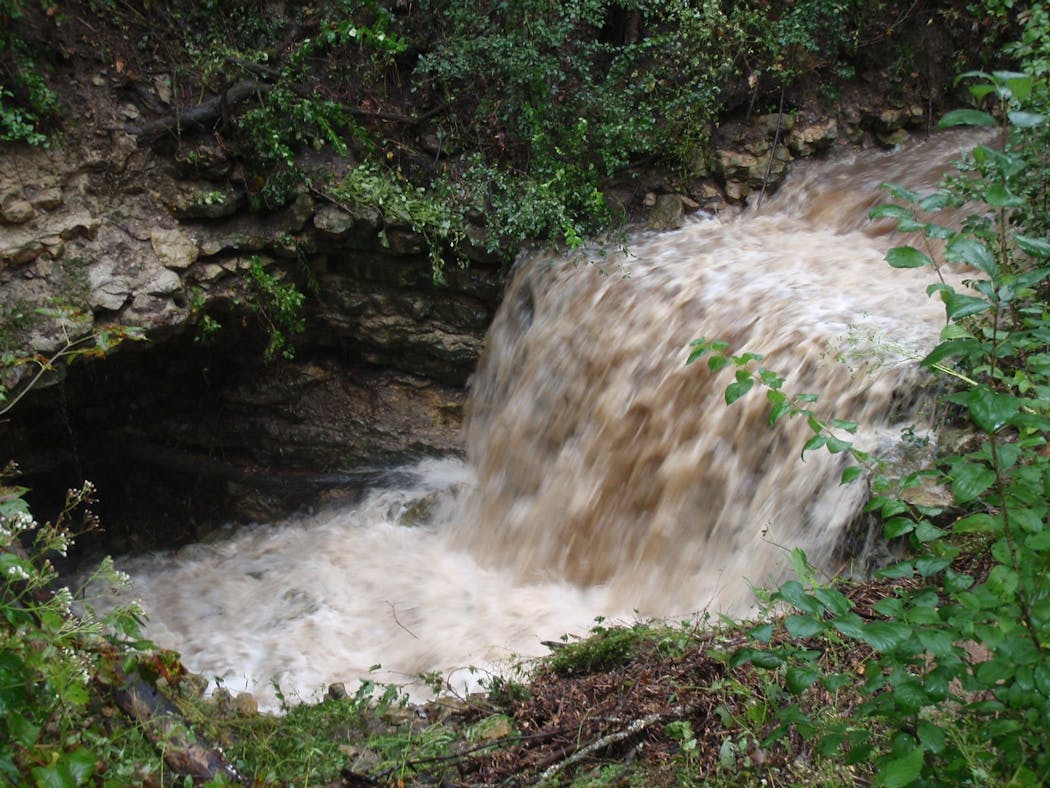"Many subterranean palaces are said to be found in Minnesota," wrote Swedish author Fredrika Bremer in her 1853 book, "The Homes of the New World." Some of these "palaces" today are open to the public. Several caves, tunnels, mines and other underground curiosities in the state are open for self-guided touring — at a time when most cave group tours and museums are closed indefinitely.
Cave of Waves
Certainly the best-known cave along the North Shore of Lake Superior is the Cave of Waves, featured on old postcards. The relentless waves have pounded away at rock joints, carving out sea caves in the rocky promontory that forms one side of Crystal Bay in Tettegouche State Park. The adventurous can safely visit the caves by kayak; local outfitters can help.
Devil's Kettle
A short hike along the scenic Brule River, flowing through Judge C.R. Magney State Park near Grand Marais, leads to the famous Devil's Kettle. There, half of the river seems to vanish as it cascades into a 50-foot-deep pothole in solid bedrock. While long dubbed a mystery, even by the Smithsonian, the vanishing water is only an optical illusion, as was proved by careful stream-gauging by the DNR in 2016. The water does not enter a secret passage, but rather rejoins the Brule River in the immediate vicinity.
Ely's Peak Tunnel
A flashlight is optional for safely traversing the 469-foot length of the Ely's Peak Tunnel, because standing in the middle, you can see both entrances. Dug out of basalt, a dark volcanic rock, the tunnel was carved in the late 19th century. The Duluth, Winnipeg and Pacific Railway used the line until abandoning it in the 1970s. The former railroad bed is now a recreational trail linking to the Willard Munger State Trail and the Superior Hiking Trail on the outskirts of Duluth.
Hull-Rust-Mahoning Mine View
Miners have excavated more than 800 million tons of iron ore from the Hull-Rust-Mahoning Mine over more than a century. Named a National Historic Landmark in 1966, the world's biggest open pit iron ore mine is more than three miles long and two miles wide. It grew as many separate mines coalesced into the "Grand Canyon of the North," engulfing part of the town of Hibbing in the process. This enormous, terraced pit — and the miners who worked it — helped the nation win two world wars. Looking out over the mammoth hole from the edge of Hibbing, you can grasp its importance. Giant mining equipment is available at the overlook to explore.



